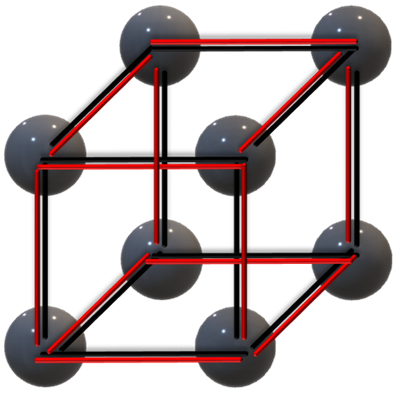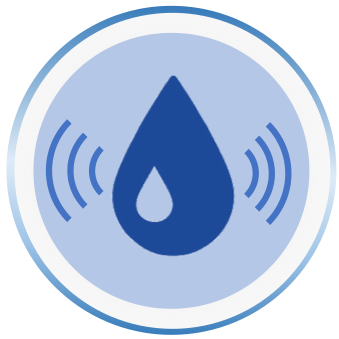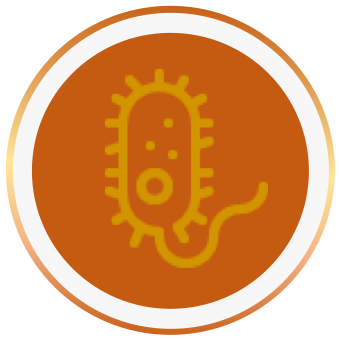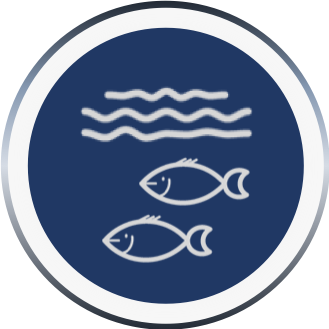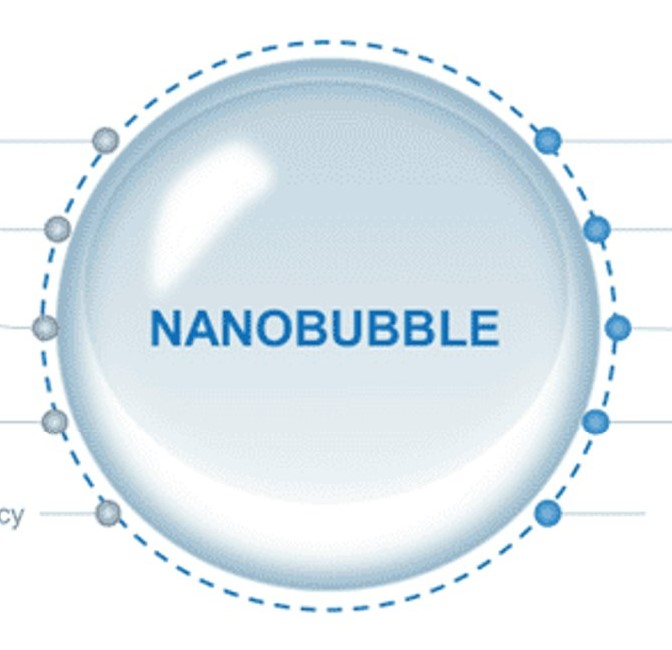Metal-Organic Frameworks (MOFs)
Metal-organic frameworks (MOFs) are taking center stage in water purification with their astounding porosity. In the U.S., Pittsburgh’s water issues, highlighted by a 2017 report that detected lead levels exceeding 15 parts per billion (ppb) in 10% of its samples, urgently call for innovative solutions.
MOFs, with their customizable structures, can effectively target and reduce specific contaminants, offering a promising path to reduce these numbers. Leveraging MOFs can transform the water purification process, making it more efficient and sustainable. For cities like Pittsburgh, this could mean not just meeting but surpassing federal water quality standards, ensuring its residents have access to clean, safe water.
Smarter Watersheds
Over 9 billion gallons of combined sewer and stormwater flow into the Pittsburgh rivers every year. With a projected cost of $3 billion dollars to remediate these issues by 2026, understanding the water quality and quantity dynamics is paramount to creating a sustainable design that remediates the environmental problem while not overburdening the community.
The focus of this area is to triangulate historical, sensor-based and, grab sample water quality data to map out water quality patterns in real-time for urban watersheds. The results would enable decision-makers to identify trends in water quality and quantity to evaluate new Green/Grey infrastructure installations and, design adaptive controls for storm water systems.
Agriculture Technology
Agriculture accounts for about 80% of freshwater withdrawals in the US and a significant amount of energy use. This project area is focused on improving the sustainability of the Food-Energy-Water nexus by evaluating the environmental impacts of vertical agriculture, identifying opportunities to shift water stress on a regional and national level and, researching opportunities to enhance local and regional agriculture production through controlled environmental agriculture (hydroponics, greenhouses, aquaponics etc.)
Bio-Fuel Cells
Biofilms have the ability to oxidize organic matter, generate electricity, and transfer electrons to different materials such as carbon. Our team is looking to tap into that electricity to generate power and or signals for sensors.
The focus of this project is to optimize the material morphology of carbon electrodes to enhance the overall performance the biofilm-electrode. Identifying the governing parameters of carbon based bio-film electrodes will enable a platform technology for sensors and sustainable energy generation from wastes.
Note: Currently, about 2-3% of US Energy is used for the treatment and conveyance of wastewater.
Recirculating Aquaculture Systems
Currently 35 countries produce more fish via aquaculture than from fisheries. In order to sustainably meet the growing demand for fish it is projected that aquaculture will need provide the majority of fish beginning in 2030.
Monitoring and tracking water quality dynamics for Recirculating Aquaculture Systems (RAS) is essential for fish production. Using analytical water chemistry and wireless sensors this project focuses on tracking and managing water quality in real-time. Specific applications including identifying and degrading off-flavors such as Geosmin and MIB, and other constituents such as TAN, disinfection by-products, tannins, phenolics and, flavenoids.
Additionally, Systems modeling work is focused on mapping potential for national and regional locations for new RAS production based on water quality, water chemistry, market demand, energy etc.
Nanobubbles
Nanobubbles are neutrally buoyant stable microscopic bubbles that produce reactive oxygen species (ROS) upon collapse. The aim of this project is to see ways in which nanobubbles and ROS can be used to degrade contaminants in wastewater. The use of nanobubbles could provide a more sustainable way to degrade contaminants and eliminate the need for harmful chemicals.

